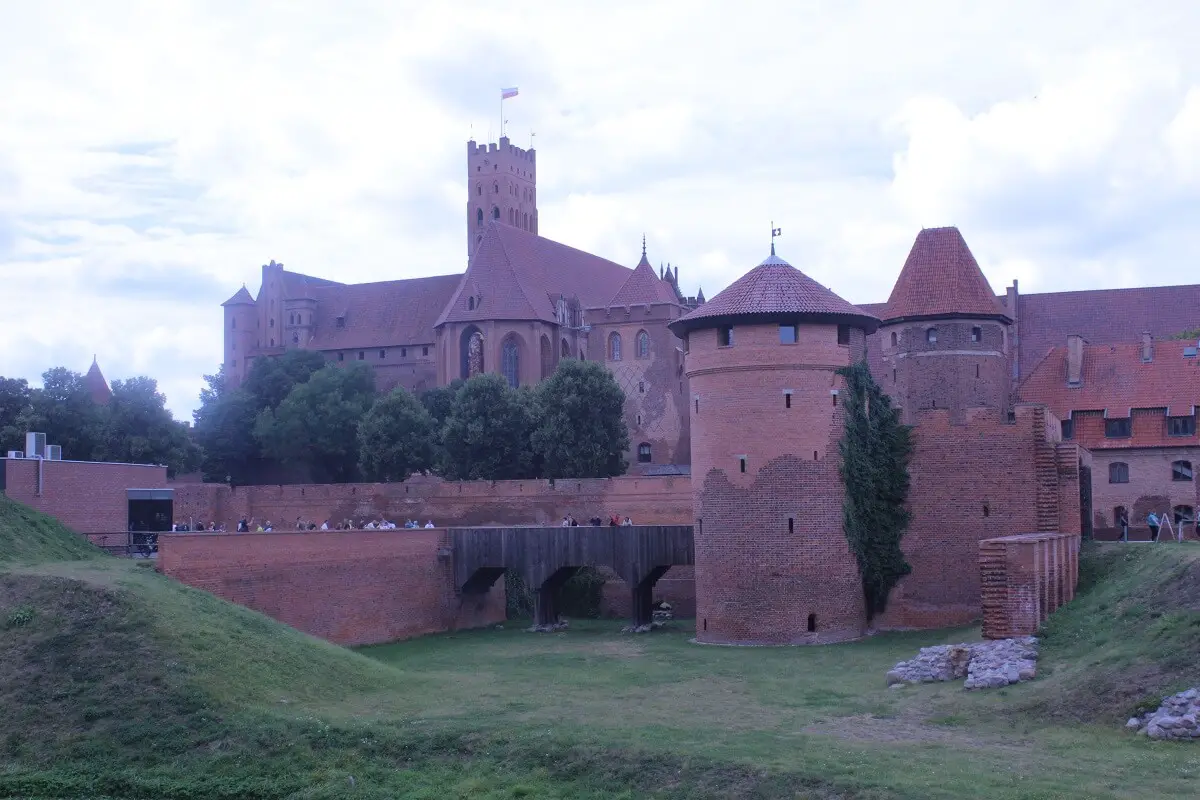
Poland is rarely at the top of the wish list for most travelers, which is a pity as it has a lot to offer. First of all, the country has various and stunning natural landscapes. From impressive primeval forests to huge sand dunes and from mountains to a beautiful coastal area. Because of its rather uncomfortable position, between Germany and Russia and on the historical trade routes, Poland also has a rich cultural heritage and history, as well as a wonderful architecture. Besides this, on a visit in Poland, one can indulge into mouthwatering food, as the country has one of the best cuisines in Europe.
If this didn’t convince you yet, here are 20 reasons why I think Poland might just be the perfect destination for a weekend getaway, a quick city-break, a skiing trip or a relaxing beach escape. Try it at least once in a lifetime! It will probably exceed your expectations and make you want to return.
Top 20 Reasons to Visit Poland
1. Poland is the 9th largest country in Europe
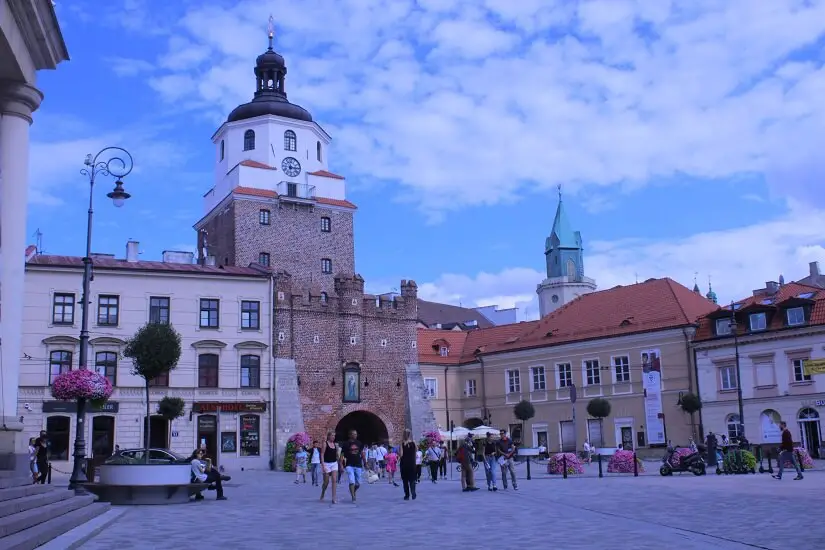
After one first moment of surprise at finding out that Poland is larger than Italy, Romania, the United Kingdom or Greece, most will say that size doesn’t matter. In this case it does. Large size means remarkable diversity in terms of landscapes, traditions, culture, food and lifestyle. After all, these are the things we look for when travelling. If you fly from Gdansk to Zakopane, you might find it hard to believe that it’s still in the same country. But it is! The huge size means that Poland has it all, from peaceful beaches to breathtaking mountain views, from wild forests to beautiful towns and from old salt mines to unending lakes. In order to fully appreciate the country you might need more than a couple of days visit, but this is still a start and one can return anytime.
2. There are 17 UNESCO World Heritage Sites in Poland
Poland has no less than 17 unique natural and anthropogenic UNESCO World Heritage Sites. One of the most remote is the ancient Bialowieza Forest, home to 800 European bisons and other species. While it might be rather difficult to visit, even the most accessible ones are quite impressive.

First of all, the picturesque old towns of Warsaw and Krakow are both on this list. Most of the buildings in the center of Warsaw are not old, being reconstructed after WWII. But the pictures and photos used for this were from before the war. UNESCO acknowledged its cultural value and the old town of Warsaw became the first ever reconstruction to become a World Heritage Site. Krakow, probably the most visited city in Poland, is also an UNESCO site due to the largest market square in medieval Europe, its beautiful medieval churches and the Wawel complex. It is also the resting place of 13 Polish kings.
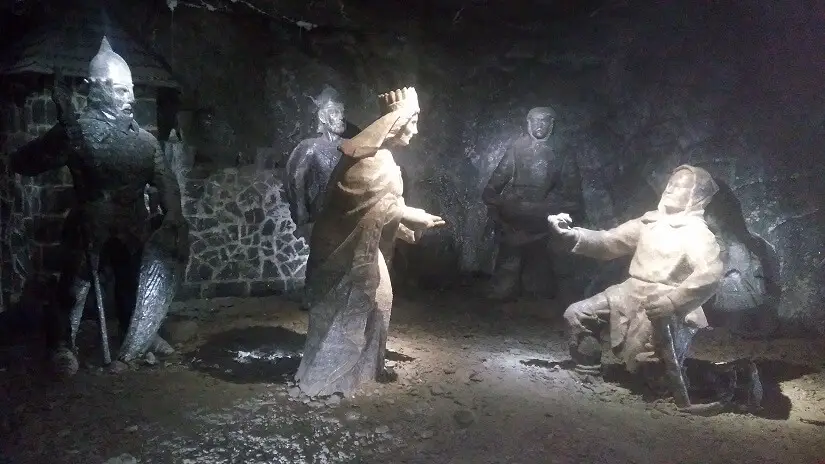
Just a stone’s throw away from Krakow there are two other UNESCO Sites. One of them is Auschwitz, the infamous concentration camp where the Nazis committed outrageous crimes against humanity. The visit will clearly mark you (not recommended for children), but it’ll also make you understand more about the past of Poland and Europe. The second site is the Wieliczka salt mines, the oldest ones in Europe. Their exploitation started in the 13th century and visitors can follow the evolution of mining techniques starting with the middle ages. The underground labyrinths are fascinating to walk around and some of the rooms are truly spectacular. The cherry on the cake is St Kinga’s Chapel, where all the decorations are made out of salt.
3. Poland is rich in history
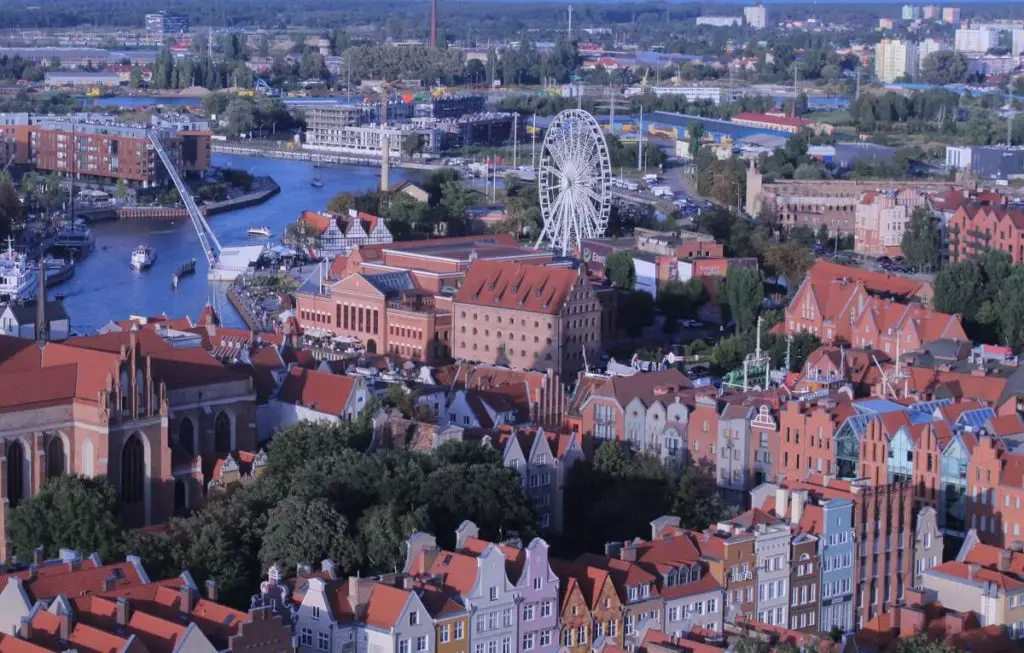
The first mention of the Polish state dates back from the late 10th century. But its history is complicated. The two global powers next to it constantly invaded its territory. Poland even disappeared from the map for 123 years (between 1772 and 1895). It regained its independence after the First World War. However, only a few years later it was severely bombed during the Second World War. After the war, Poland turned into a “satellite state” of the USSR. As many other countries in Eastern Europe, it only became a democratic country after 1989. On the other hand, it recovered quickly and is now one of the European leaders at absorbing funds from UE and economic development.
Here are some of the museums that should not be missed by history fans:
- Krakow – Oskar Schindler’s Enamel Factory, Rynek Underground Museum and Wawel castle
- Auschwitz Birkenau camp, where at least 1.1 million people perished during WWII, a sad symbol of the horrors of the Holocaust
- Warsaw – Warsaw Uprising Museum, the Royal Castle , Palace of Science and Culture
- Gdansk – Museum of the Second World War
- Masuria – Wolf’s Lair (several Nazi bunkers and Hitlers’s secret headquarters, where Operation Valkyrie took place)
4. Warsaw is a cool capital

I didn’t expect much from Warsaw, but after visiting it two times already, I can say that it has an unique vibe and there will always be new and cool things to do there.
Warsaw was almost erased during the WWII. The authorities even thought about moving the capital because of this. But the people returned to Warsaw and started to rebuild it from scratch using Bernardo Bellotto’s detailed paintings. Taking a stroll around the old town, you wouldn’t know that it’s in fact only 70 years old.
Just out of the old town, there’s the modern side of Warsaw, with the Palace of Culture and Science, “a gift to the Poles from Stalin”, and other skyscrapers. Take the Royal Route to some of Warsaw’s best landmarks, the Royal Castle and Łazienski Palace. In the evening, enjoy one of the best nightlife scenes in Europe. There would be a lot to talk about, so I wrote a separate post about the main reasons to visit Warsaw.
5. Charming old towns

Warsaw and Krakow both have charming old towns, more or less original. But they are not the only fascinating cities one can visit in Poland. The old town of Gdansk, mostly untouched by the wars, has strong Dutch influences and a lively vibe. Wroclaw will transport you back in time, when the streetlamps were lit manually, on its Cathedral Island. The old market square is lovely and looking for some of the 300 dwarfs in town will be a challenge hard to say no to. Torun, with its red-brick buildings and leaning tower, doesn’t lack eye-catching sites either. Lodz, a former continental Manchester of the textile industry, will show you that derelict buildings can still be of use and that they can be reintegrated in the modern daily life. Each town in Poland is different and unique.
6. Poland is home to the world’s biggest castle
Another good reason to visit Poland is the biggest castle in the world, Malbork. You might have thought that the one in Prague is bigger, but it’s not as it’s not a single area. Malbork is the one that has won this title and, of course, it’s also an UNESCO heritage site. It belonged to the Teutonic Order in the Middle Ages and can now be visited. Even seeing the enormous structure from the outside is quite impressive, but I’d recommend a visit inside also. It hosts several collections, from archeology to amber and textiles. It’s hard to get bored. Prepare to stay there about half a day.
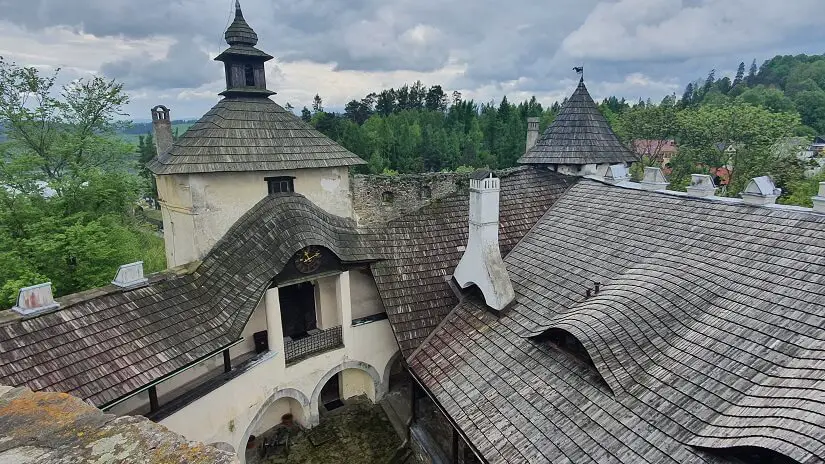
Besides Malbork, Poland is home to other hundreds of castles, more or less 400, from ruins to well-preserved sites. One can even find a castle to sleep in, as we did at Zamek Czocha. Close to Zakopane there’s Niedzica castle, that has a really picturesque location, on the shore of a lake, overlooking the ruins of another, even older, castle. One can even choose to tour a chain of castles on the Trail of the Eagles’ Nests.
7. There’s no lack of interesting architecture in Poland
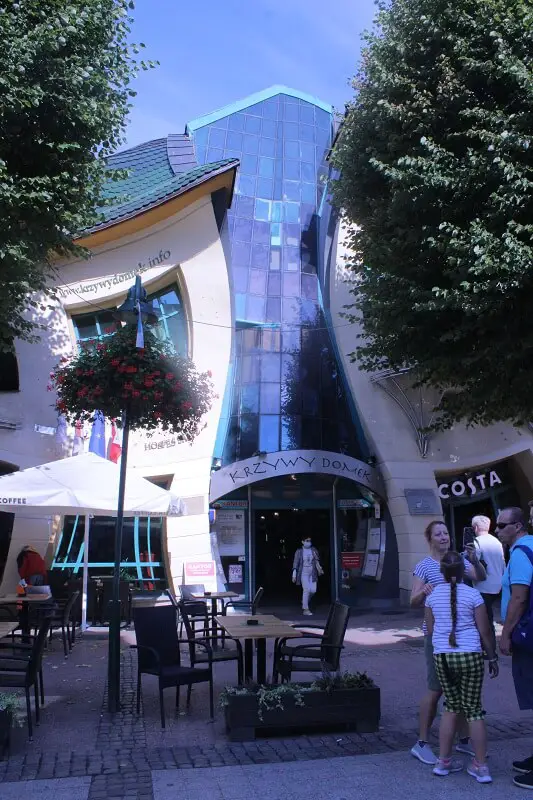
While the centuries old churches and houses with gorgeous facades define the old town centers in Poland, there are also beautiful modern buildings that are worth your time.
One of the modern Polish architectural pieces is the Crooked House in Sopot, Krzywy Domek. Although there’s nothing spectacular inside, it’s appearance attracts a lot of people. It houses a bar and a few shops. Of course, this isn’t enough of a reason to visit Sopot, but you might get there anyway, as it is part of Poland’s Tricity, together with Gdansk and Gdynia.
Another modern architectural pearl is the Centennial Hall in Wroclaw designed at the beginning of the 20th century. It is now an UNESCO site, being recognized as a key reference in the development of reinforced concrete structures.
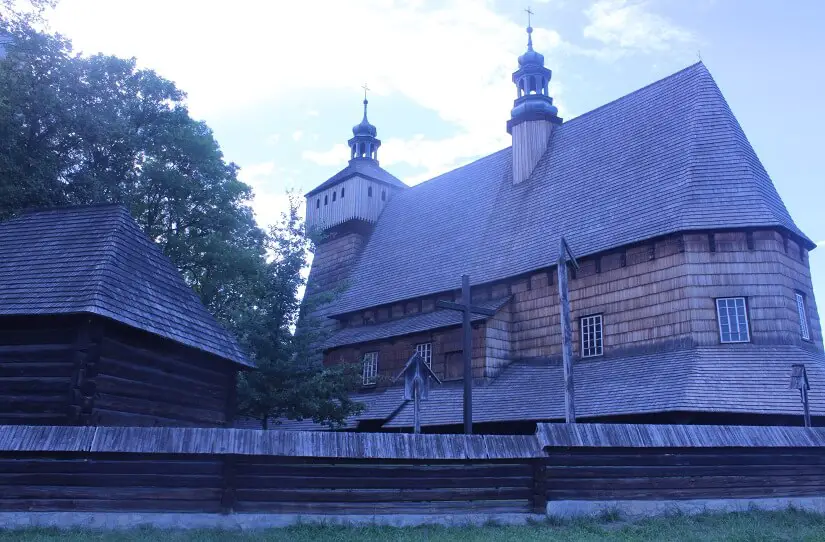
In the Polish Tatras, Zakopane is a perfect example of mountainous village, with wooden houses and pointed roofs. The area is also popular for winter sports, hiking and spas. If you’re on a road trip in the south of Poland, you shouldn’t miss the best preserved wooden Gothic churches, six of which were included in the UNESCO World Heritage and the tserkvas in the Carpathian region, which value was also recognized by UNESCO. They can also be found in Ukraine, but these are definitely easier to visit.
We could talk for days about the unique architectural pieces in Poland, as these are just few of them. But I hope they are enough to give you a hint on what you might find there.
8. The beautiful Polish nature
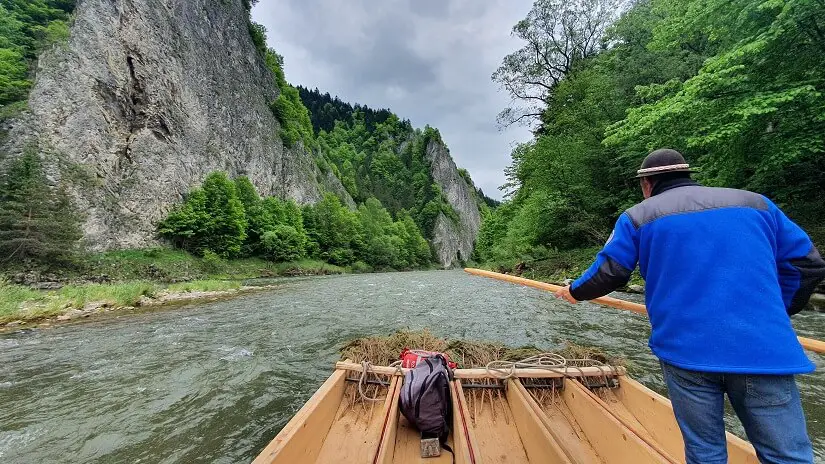
Poland has a diverse natural scenery, from sandy beaches, to impressive mountain ranges, never-ending lakes, primeval forests, the only Central-European desert, Pustynia Błędowska, marshes and huge sand dunes. There are countless reasons to get out of the hustle and bustle in the cities and visit the great outdoors.
The Tatras are a real paradise for winter sports and hiking lovers. Any season they are perfect as a holiday destination. The best base to visit the area is Zakopane. From there one can easily access the ski slopes or catch the cable car to the top of Kasprowy Wirch for some incredible views. Another magical spot is Gubalowka hill, from where you can enjoy the landscapes of the snow-caped Tatras while having a relaxed picnic. The most popular hike will take you to the Morskie Oko Lake.
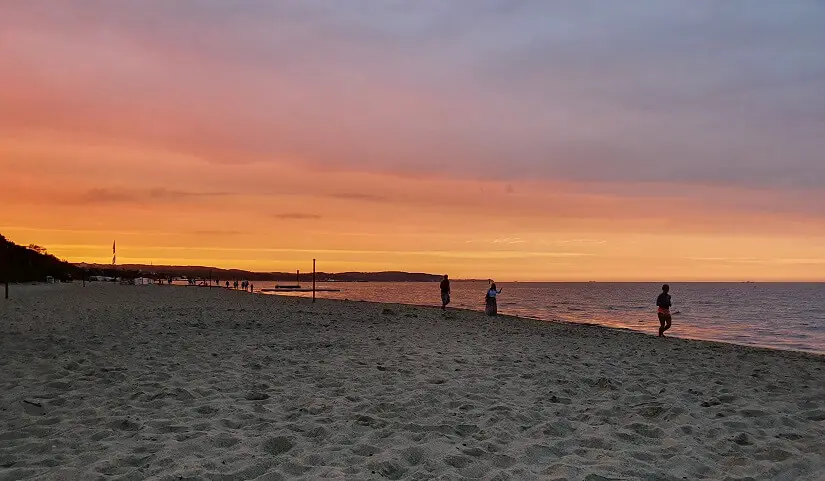
The northern coast of Poland has lovely sandy beaches at the Baltic Sea. Summer is short, but if you go at the right time, you’ll get to enjoy them without the crowds in southern Europe. If not, just watching the sunset with the friendly seagulls can still feel amazing. The waves are also good for windsurfing and kitesurfing. Popular resorts are Sopot, Ustka and the Hel Peninsula.
Białowieża is the last ancient forest in Europe, home to 500-year old oak trees. There live around 800 free-roaming bisons, the heaviest land animals on the continent. The forest is divided between Poland and Belarus and one can even bike from one country to the other due to the visa-free arrangement between them in this region. However, one might want to take a tour as it involves some paperwork and restrictions.
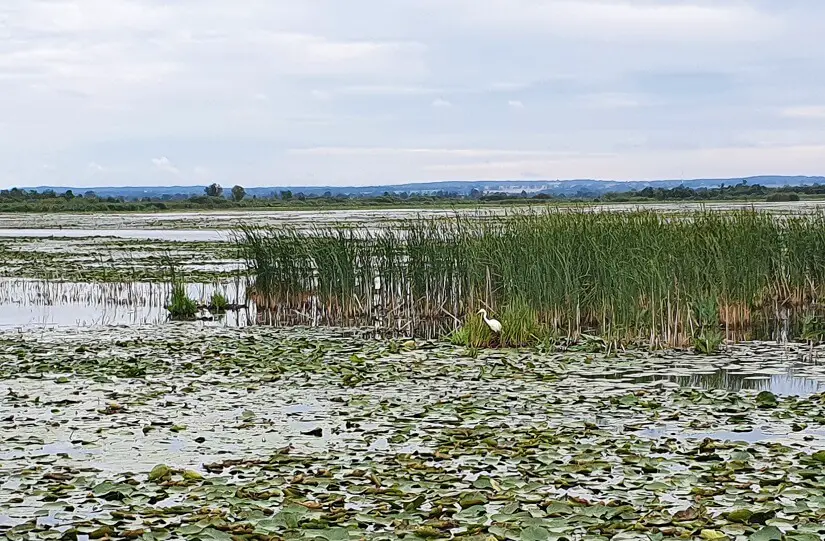
Masuria district boasts more than 2000 lakes. It’s a peaceful place to visit for any nature lover. It’s also home to Nazi bunkers, some quiet towns and villages and a boat that travels on grass. One can even combine the tour with the boat with a tour around one of the lakes. The fauna and flora are quite similar to the ones you encounter in the Danube Delta.
9. Delicious Polish cuisine

Poland is a perfect destination for foodies. The most famous dish is pierogi, traditional dumplings filled with anything from meat to cheese, mushrooms, potatoes, cabbage or fruit jam. Other Polish dishes that one might want to try are bigos, slow-cooked cabbage with meat, Polish kielbasa or potato pancakes.
Poland is also one of the few countries in Europe that has traditional soups. Zurek is a sour rye soup served with sausage and hard-boiled egg. It tastes different from any other soup we’ve tried, but great. Cucumber and beetroot cold or hot soups are also some of the locals’ favorites. Zakopane region has its own signature smoked cheese, Oscypek. It can be found at any shop in the area and can be eaten as it is, or grilled and topped with blueberry jam. Popular local sweet treats are fudges and pierniki, in the region of Torun. No lunch is complete without kompot, a non-alcoholic drink made out of fruits.

In my opinion, Polish food is one of the most delicious in Europe. One really shouldn’t go to Poland on a diet. If you think about money, don’t worry too much! Restaurants usually have reasonable prices and portions are big. Besides, you can almost always find a Bar Mleczny (milk bar) nearby, a traditional Polish cafeteria. These places flourished in Communism, as a way of providing cheap food for the workers. They will often make you feel like traveling back in time, with old furniture and menus scribbled on blackboards. Most often than not you won’t get any smile from the cashiers and they won’t speak English. But the food will be tasty, plenty and cheap.
10. Poland’s wide selection of vodkas
Vodka was first mentioned in 1405 in court documents from Sandomierz, a pretty town in the south-east of Poland. Traditionally distilled from potatoes, rye or wheat, it has a high alcohol content, above 37.5%. Despite closely competing with beer, it became the staple Polish alcoholic beverage, served at any event or festive occasion. Being it a wedding, festival or club night, there’s no party without vodka.
Poland is also known for its and wide selection of vodkas. If in doubt which ones you should try, walk into a shop and buy many Soplica tiny different bottles or go on a Polish vodka tasting tour. We did try many of them, from sweet and fruity to dry. Most of them were ok, some great and some went straight into the sink. Anyway, it’s an experience not to be missed and works great with the hearty Polish food.
As a souvenir, none works better than a bottle made by the 600-year-old Żubrówka. Each of them contains a bison grass leaf from Białowieża Forest.
11. Handicrafts and folk traditions
Poland has a rich history and it has even disappeared from the map for 123 years. Even if during those times Poles were forbidden to speak their own language and to follow their traditions, they never actually stopped. Polish people didn’t give up, but fought until they got their freedom back. Despite this difficult past, they succeeded to keep alive their rich culture and folk traditions. These can be seen in the food, behavior, life events and handicrafts. From traditional lace to weaved baskets, glass beads and clothing, Polish handicrafts are usually well-made and make for great gifts or souvenirs.
12. Polish hospitality
Poles are usually friendly and like having guests over. Even if they don’t smile often and are distanced at the beginning, they’re good-hearted and will always help you in need. 40% of the Poles speak at least one foreign language, but it might still come in handy to learn a few Polish words, in order to show respect and appreciation to your hosts. I know, Polish is one of the most difficult languages in the world. But don’t worry too much. Just learn some common phrases and words like “dzień dobry” (hello) or “dzięki”. These will be your most useful words during your visit anyway.
13. Science, inventions and music

Did you know that Mikolaj Kopernik, the one that put the sun at the center of the Universe, was born in Poland? Most exactly, he saw the light of the day in Torun, one of the most beautiful towns in Poland. Marie Sklodowska-Curie, the Nobel-prized woman that discovered radioactivity, wasn’t French but Polish. Thanks to her, people can diagnose and cure cancer. Frederic Chopin, the famous composer and pianist, was also Polish. A museum in Warsaw is dedicated to him and there are several musical benches around the town on which one can sit, listen to a fragment of his work and relax. Another famous Pole is Max Factor, the famous make-up artist.
The bulletproof vest is one of the Polish inventions that saved thousands of lives. Poles also invented Häagen-Dazs ice cream, color photography, the hologram, kerosene lamps, mine detectors, the helicopter and the Lunar Roving Vehicle used in the Apollo mission.
14. Polish Cinema

Poland has its own National Film School in Łódź established in 1948. Most of the country’s movie personalities studied there and most of them got a star on the cities Walk of Fame, Holly-Łódź. The Frech-Polish director of The Pianist(2002), Roman Polanski, is the best known example. Andrzej Wajda portraits the social and political struggles in Poland in The Promised Land (1975) and Ashes and Diamonds(1958). Other Poles that helped spread the county’s history and culture around the world through movies are Paweł Pawlikowski(Ida, Cold War) and Jan Komasa (Corpus Christi).
15. Great spas
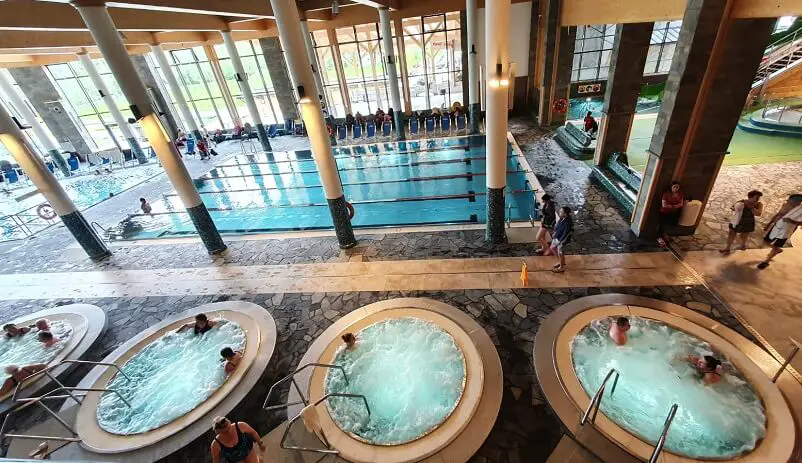
There comes a time when each of us wants to relax and get pampered with a nice spa-treatment. In most of the European countries these are quite expensive and might reflect their quality or not. Not in Poland! Spas here usually have reasonable prices and high-quality. While every city has a spa one can go to, the southern region around Zakopane has made a tradition out of it. The one we chose twice and can recommend is Chocholowskie Termy, but there are many more one can choose from.
16. Street Art in the cities of Poland

Colorful murals embellish the streets of Polish towns from Gdansk to Łódź and Warsaw. Gdansk’s mural city, Zaspa, has no less than 60 pieces of art painted on residential buildings by artists from all over the world. The Urban Forms Project started in 2009 with the mission to reinvigorate the post-industrial landscape of “gray Lodz”. Around 40 murals transformed the gloomy buildings into colorful pieces of urban art.
Through this kind of projects, residential districts of Polish towns, otherwise ignored by tourists, come to live, make locals smile and invite visitors to see more of the towns they pass through outside the city center.
17. Amber – the Baltic gold

Jewelry and souvenirs made out of amber are beautiful and a great remembrance of Poland. If you’re a girl, it’s difficult to resist the temptation to pick up some of them. I know I didn’t. Poland is one of the biggest exporters of amber decorative products worldwide. This is obtained from the Baltic sea. Amber contributed for centuries to the wealth of Gdańsk, from medieval times up until now. There’s a multitude of workshops and stores making and selling amber pieces in the old town. If you’re lucky, you might even find some while strolling on a quiet beach after a storm.
18. Poland is affordable
Poland is a pretty cheap European destination. Prices keep growing, as everywhere, but from this point of view Poland is at the same level with Romania or Latvia. Compared to more popular destinations, one will pay half of the price for food, accommodation or transport.
To get into the country, one can fly with low-cost airlines as Ryanair and Wizzair. Meals in milk bars, grocery stores, public transport, hostels and Airbnb are other option that can cut your costs down. Tours and activities are cheaper than in most other European countries.
Warsaw, Krakow and Gdansk are the most expensive cities to visit, but still reasonable. The value one gets in Poland for their money is far higher than in most other countries in Europe.
Polish currency is zloty. 1 zloty=$0.26=€0.22.
19. No Crowds
Poland is far less touristy than other countries in Europe. Most of the tourists skip Poland in favor or Germany or Czechia. There aren’t many foreigners that visit Poland, which is one more reason to go as soon as possible. This will soon change. Discover the history, traditional culture and nature of Poland without thousands of other tourists next to you.

20. Poland has good public transport
Poland has great public transport and it is easy to get around by train or bus. You don’t need to rent a car in order to get to some of the best destinations in the country. There are several train and bus links between the most popular cities in Poland: Warsaw, Krakow, Gdańsk in the north, Poznan, Torun or Wroclaw. From there one can continue the journey with Prague or Vienna. Train tickets can be easily bought on Polrail website, as it has an English version. Flixbus is a great alternative and has several routes.
Although not many people think of Poland as a holiday destination, I’m pretty sure this will soon change. Besides being very centrally located and easily accessible from more popular countries as Germany or Czech Republic, Poland constantly surprises the ones that decide to give it a chance with diversity, originality and great services. These are just some of the reasons to visit this beautiful country. As a proof, even after visiting it 5 times already, I still can’t wait to get back and discover more of it.
If you can think of any other reasons to visit Poland, do let me know in the comments below!
Travel With A Spin contains affiliate links. If you make a purchase through these links, I will earn a commission at no extra cost to you. Thanks for reading!
